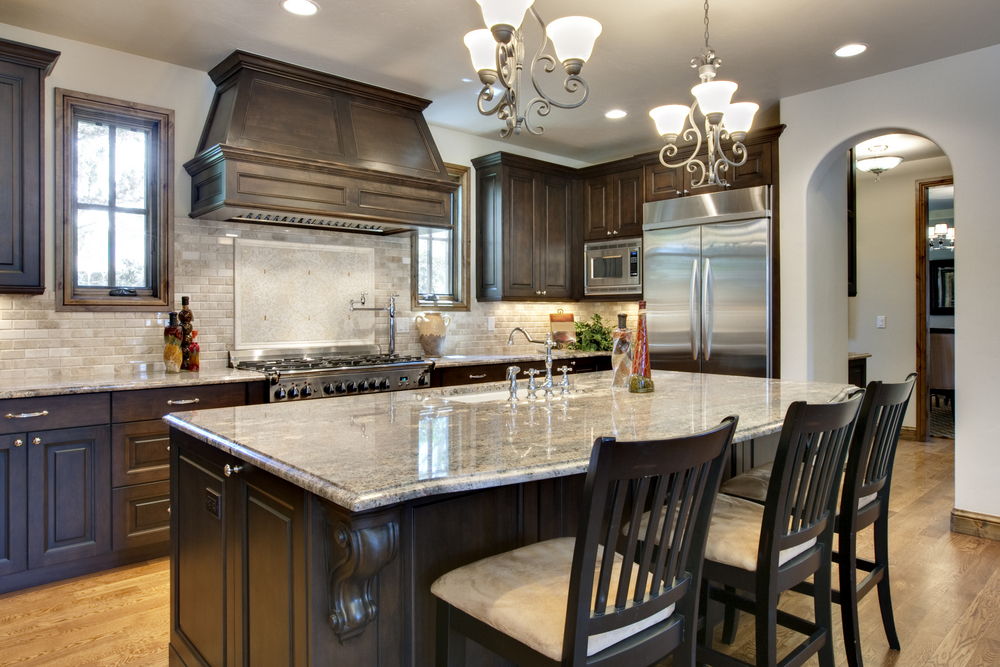Quartz Worktops:
Installing Quartz Worktops Leeds in kitchens and bathrooms includes a careful process to ensure a smooth and durable finish that improves the space’s aesthetics and functionality. From preliminary preparation to final installation, every step is vital for achieving superior results.
Dimension and Templating:
Before installation begins, precise measurements of the kitchen or bathroom countertops are taken to ensure a perfect fit. Templating involves creating a detailed template of the countertop layout, including any cutouts for sinks, cooktops, or other fixtures. This template serves as a guide for fabricating the quartz slabs.
Material Range and Fabrication:
Once the measurements and template are finalised, the appropriate quartz slabs are selected based on colour, pattern, and thickness preferences. The selected quartz slabs are then fabricated to the exact specifications outlined in the template. This includes cutting the slabs to size and shaping them to accommodate any necessary cutouts or edge profiles.
Site Preparation:
Before installation day, the kitchen or bathroom area is prepared to facilitate a smooth installation process. This may involve clearing the existing countertops, ensuring access to utilities, and protecting surrounding surfaces from damage.
Installation Day:
On the scheduled installation day, the quartz slabs, along with any necessary tools and equipment, are transported to the site. The installation team begins by carefully positioning the quartz slabs onto the cabinets or support structures, ensuring a snug fit and proper alignment. The slabs are adjusted or modified as needed to accommodate sinks, faucets, or other fixtures, as per the template.
Adhesive, typically a high-quality silicone or epoxy resin specifically designed for quartz, is applied to the underside of the slabs to secure them in place. The seams between the slabs are meticulously joined and sealed to create a seamless appearance. Specialised techniques and tools ensure tight, inconspicuous seams. Edge profiles, such as straight, bevelled, or bullnose edges, are finished according to the client’s preferences and specifications.
Final Touches and Clean-Up:
Once the quartz slabs are securely installed, any excess adhesive or sealant is carefully removed, and the countertops are thoroughly cleaned and polished. Final inspections are conducted to ensure that the installation meets quality standards and that the countertops are free of defects or imperfections. The installation team cleans up the work area, removes any debris or packaging materials, and prepares the space for use.
Post-Installation Care and Maintenance:
After installation, homeowners are provided with care and maintenance instructions to preserve the beauty and longevity of their quartz countertops. Routine cleaning with mild soap and water is recommended to remove dirt and spills. Avoid abrasive cleaners or harsh chemicals that can damage the quartz surface. Cutting boards and trivets are essential to prevent scratches, heat damage, or staining from hot pans or acidic substances. Periodic resealing may be necessary to maintain the integrity of the sealant and protect against moisture penetration.
Customer Satisfaction and Warranty:
Customer satisfaction is paramount, and reputable installation companies in Leeds stand behind their workmanship with warranties or guarantees. Clients are encouraged to provide feedback on their installation experience and the results to ensure that any concerns or issues are addressed promptly.
Ultimately, installing quartz worktops in kitchens and bathrooms in Leeds includes a detailed process that includes measurement, templating, fabrication, installation, and post-installation care. By assigning the project to experienced pros and following correct care guidelines, homeowners can enjoy the beauty, durability, and functionality of their quartz countertops for years to come.
Caring For Quartz Countertops: Hacks and Guidelines You Must Know.
Caring for Quartz Worktops in Birmingham is fundamental to maintaining their beauty and sturdiness over time. Here are some hacks and guidelines to help you keep your quartz countertops looking original:
Daily Cleaning:
Wipe down your quartz countertops daily with a soft cloth or sponge, mild soap, and water to remove spills, stains, or residue.
Avoid Heat Damage:
While quartz countertops are heat-resistant, it’s best to use trivets or hot pads under hot pots, pans, or appliances to prevent thermal shock and potential damage to the surface.
Prevent Scratches:
To prevent scratches on the quartz surface, use cutting boards or chopping blocks when slicing or chopping food. Avoid dragging heavy or sharp objects across the countertops to minimise the risk of damage.
Deal with Spills Promptly:
Clean up spills immediately to prevent staining or etching. Use a gentle cleaning solution and a soft cloth to blot away spills, especially acidic substances like lemon juice, vinegar, or tomato sauce, which can etch the surface if left untreated.
Avoid Harsh Chemicals:
Avoid harsh chemicals, abrasive cleaners, or bleach-based products when cleaning quartz countertops, as they can dull the finish and damage the surface. Stick to mild, pH-neutral cleaners for regular maintenance.




